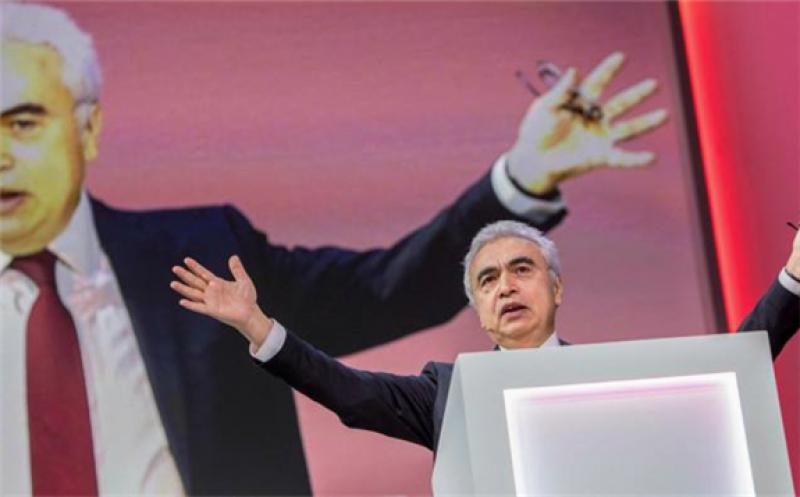The writer is executive director of the International Energy Agency
Our climate challenge is an energy challenge. The energy that powers our daily lives produces three-quarters of global emissions. Making all of that energy carbon-neutral by 2050 is a Herculean undertaking for our economies and societies that goes well beyond simply setting long-range targets.

In the last year, many of the planet’s largest economies and companies have announced that they aim to bring their emissions down to net zero by the middle of this century or soon after. And if incoming US president Joe Biden follows through on his pledges, countries now accounting for more 60 per cent of global energy-related carbon emissions will all have stated net-zero ambitions.
The growing climate ambitions add to the significant momentum behind clean energy. Investors should take heed — making sure their portfolios are climate friendly is now a matter of risk management.
Today, I’m more optimistic than ever about the world’s ability to reach the goals of the Paris agreement — limiting the rise in global temperatures this century to well below 2C. Even the more ambitious goal of 1.5C seems less remote than it did a year ago.
But long-term targets alone will not put emissions into decline rapidly enough to reach net zero by mid-century. Nothing short of a total transformation of our energy infrastructure is required — a worldwide undertaking of unprecedented speed and scale. That calls for decisive action over the next decade. It would mean, by 2030, increasing electric cars’ share of annual sales from 3 per cent to over 50 per cent; expanding the production of low-carbon hydrogen from 450,000 tonnes to 40m tonnes; and boosting investment in clean electricity from $380bn to $1.6tn.
To drive the shift from targets to action, the International Energy Agency will in May publish the first comprehensive road map for the entire global energy sector to reach net zero by 2050. This will set out detailed analysis of what needs to happen across the global economy to recover from the Covid-19 crisis and put emissions on a path in line with a rise of 1.5C. The road map to net zero is vital ahead of the COP26 climate change conference in November when countries will set out their latest plans for cutting emissions.
We must ensure our collective aspirations can be turned into hard reality because promises, however well intentioned, can be broken. The UK and the Netherlands have set up domestic legal structures to hold governments of today accountable for delivering on their promises for tomorrow. But national approaches are not enough to achieve the change we need — we must think globally.
That means better mechanisms to co-ordinate support for emerging and developing economies so they have rapid access to the knowhow, financing and technologies to provide clean and reliable energy for all their citizens.
It means stronger global efforts to drive innovation and deployment of new technologies — co-operation that the IEA is committed to leading. Almost half the emissions cuts required to move us on to a path to net zero by 2050 may need to come from technologies that are not on the market yet.
It means taking a global approach to the energy security challenges that these new technologies bring, such as ensuring sufficient supplies of critical minerals — such as copper, nickel, cobalt and rare earth metals — and integrating greater amounts of wind and solar into electricity supplies.
And it means trusted, independent systems to track progress and build confidence among countries that they are not alone in taking the necessary steps to keep their climate promises.
Our international system is what we choose to make it. We must ensure our climate targets are more than just cheques that can’t be cashed.
This article is reproduced at www.ft.com